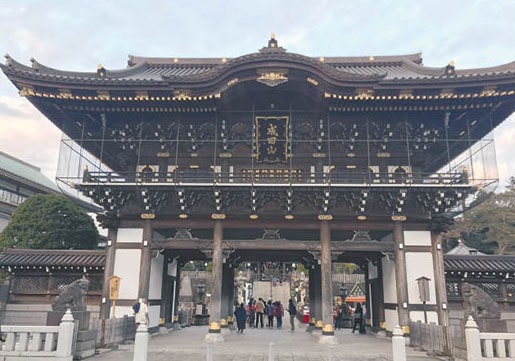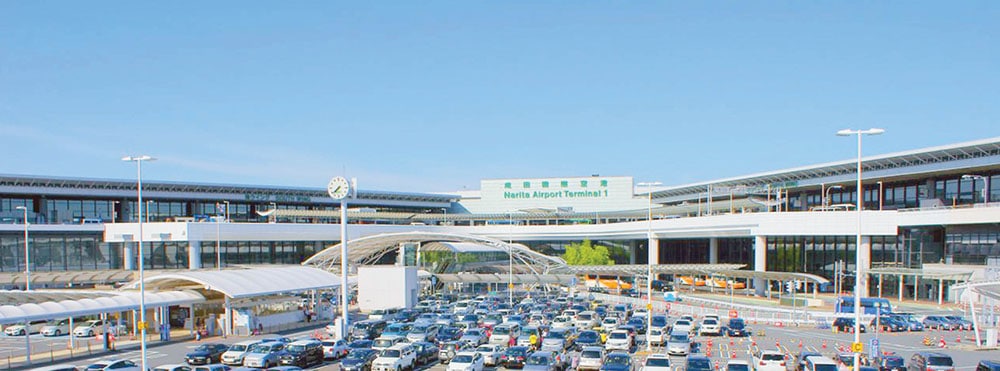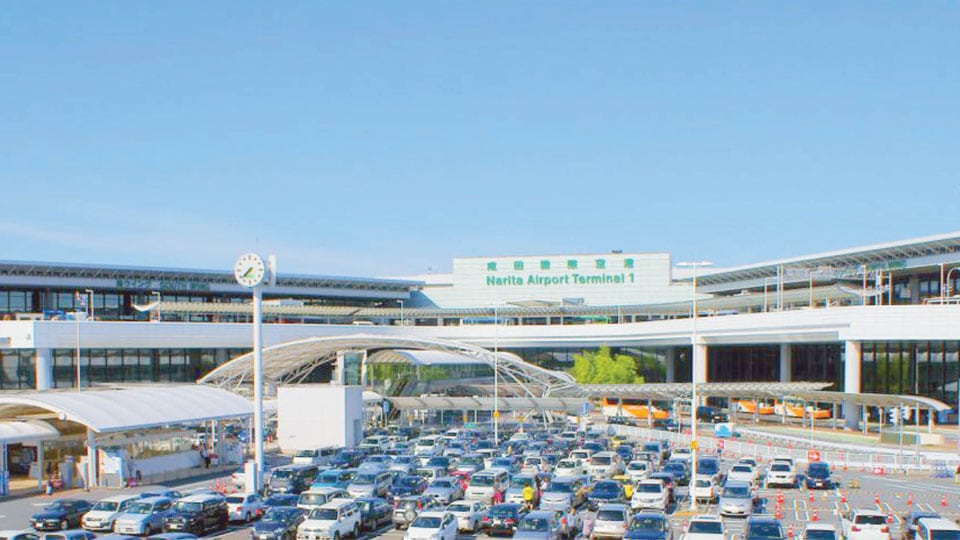The world is a book and those who do not travel read only one page.”—St. Augustine
[Continued from Nov. 29]
My first introduction to Japan as a student was through Netaji Subhas Chandra Bose. His dramatic escape from India to Germany and then to Japan was indeed a stuff that would leave any student wonderstruck and in those days of early independence, inspire to be bold and patriotic like him. General K.S. Thimayya’s brother Samudragupta, as we in Madikeri knew him, had served in the Indian National Army (INA) of Subhas Chandra Bose and it was a matter of pride for we students then.
Afterwards, I was exposed to the extraordinary qualities of discipline, creativity and hard-work of Japanese when I saw a Kannada film. There was a scene where a Japanese family was travelling in the train. They buy two sugarcane stalks and enjoy eating them. The rind of the sugarcane, leftover after chewing it, was collected and made into small baskets using their entrepreneurial skill in handicrafts. When they alight from the train, they sell it and make some money. This was an eloquent demonstration of the skill and imagination of Japanese people to earn even from things we consider a waste. Of course, earlier too I had heard of Japan for a tragic reason — the destruction of Hiroshima and Nagasaki with the atomic bombs dropped by Americans in the World War II.
When I think of Japan, I also think of our first Air Chief Marshal Subroto Mukherjee, who about 58 years ago died in Tokyo getting choked with a fish bone in his throat.
Be that as it may, it was a short flight across the Sea of Japan from Seoul to Narita International Airport, Tokyo. From the Land of Smiling People, as South Korea is also known, to the Land of the Rising Sun, Japan.
In 1989, with very limited foreign exchange in my pocket, I had literally starved in Japan. But this time I was lucky for two reasons. Our Rotary group had enough money in foreign exchange to splurge and our travel agent, Thomas Cook, had thoughtfully arranged our lunch and dinner in Indian hotels on all the seven days we stayed in Japan.

A temple in Narita.
Our Guide, a lady with an extraordinary lung-power and her own brand of english language, told us that Japan was a country that remained in isolation for nearly 500 years, not allowing any boat or ship to anchor or land on its beaches. Thus Japan was virtually isolated from the rest of the world until 1868, when the emperor himself led a movement to Industrialise and Westernise the country. (On the lines of Mustafa Kemal Ataturk, 1881-1938, of Turkey, who as its President, not only Secularised but also Westernised the country). Till then, Japan probably was 200 years behind Europe in development. But within 100 years, it had become the world’s third nation in terms of total production after United States and Russia.
Compare this to India. We are just about 30 years to touch 100 years after independence and where are we in terms of roads, bridges, transport, infrastructure, public facilities and industrialisation. If speed is the secret of success in love and war, I guess, speed is also the secret of success in implementing projects and development of a country.
It is said, Japan’s wealth came mainly from its ability to supply the world with good quality goods at a cheap rate. I was told by a Japanese industrialist, who was here in Mysuru for two years some years back, that Japan is among the leaders of the world in ship building and vehicle production. To this, we can also add electronic products. I think Japan was the first country to manufacture Bullet Train which has shrunk the travel time between major industrial centres.
We landed at Narita International Airport, which is two hours drive away from Tokyo if there is no traffic. However, we decided to stay for the night at a hotel in Narita — the name Mystays Premier.

In 1989 when I went to Japan, we straight away drove to Tokyo from Narita Airport. It was a wonderful drive because of good roads and scenery and the panoramic view on either side of the road that is green and unmatched. At that time, we were dropped at the Ginza Dai-Ichi Hotel, a Five Star Hotel in the old part of Tokyo city, which had five lifts and five escalators in its massive lobby. The Japanese touch and the Japanese people could be felt and seen all over the hotel where even to see a speck of dust one needed a magnifying glass.
[To be continued]
e-mail: [email protected]








Recent Comments